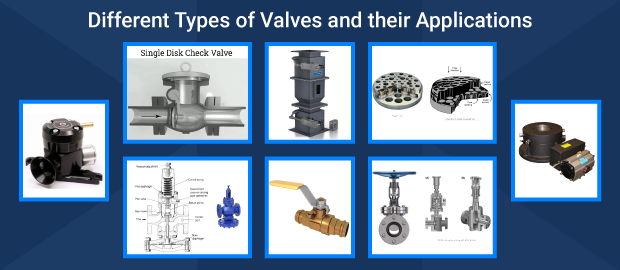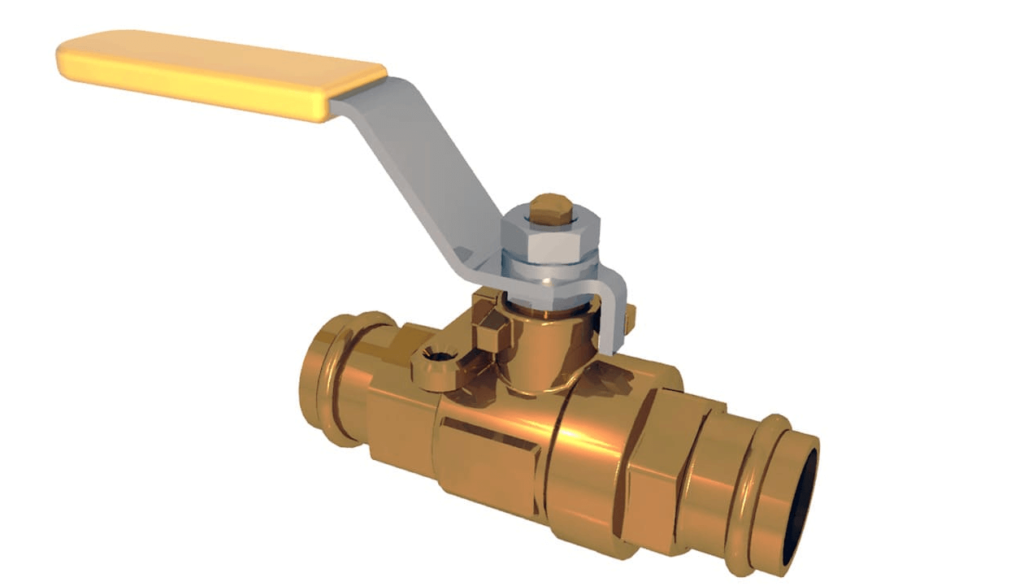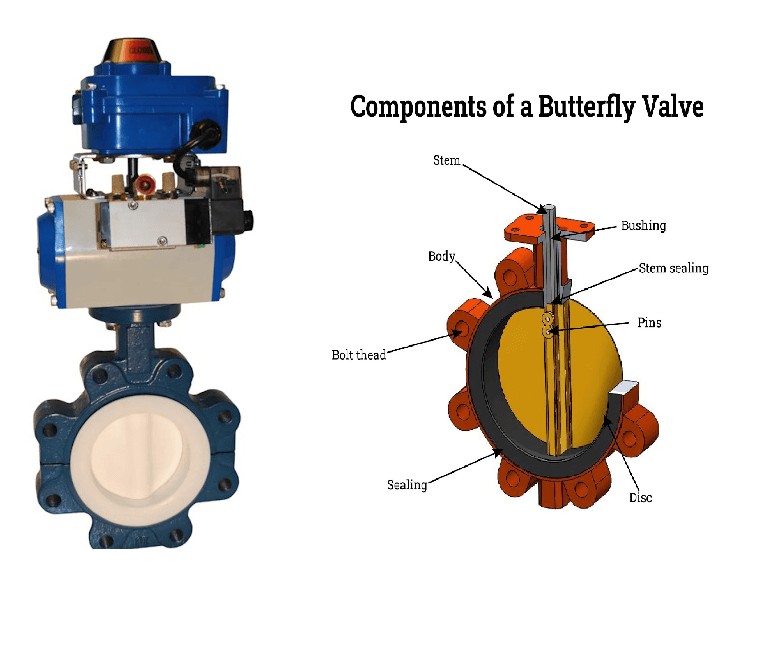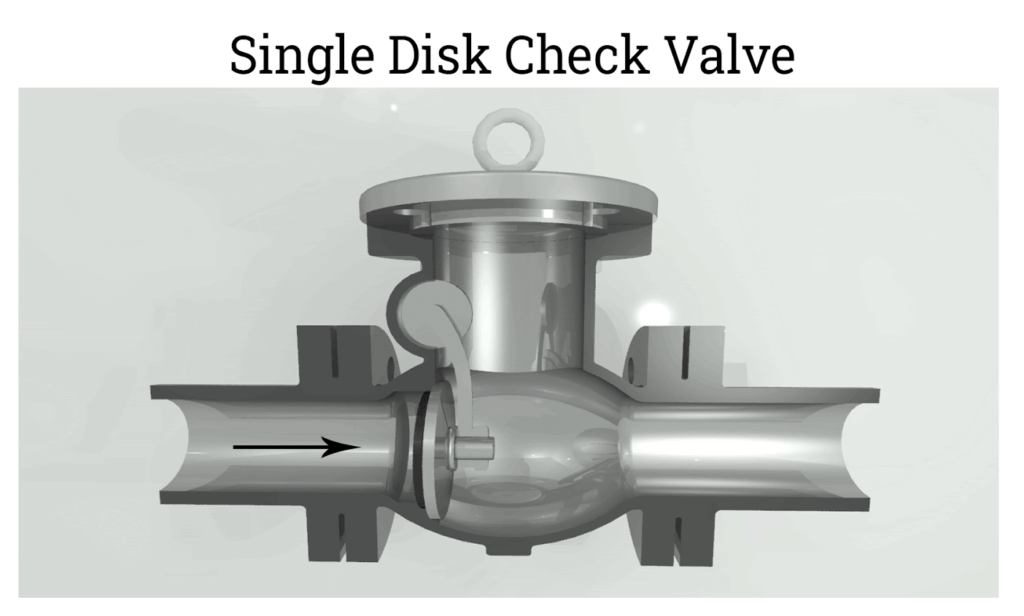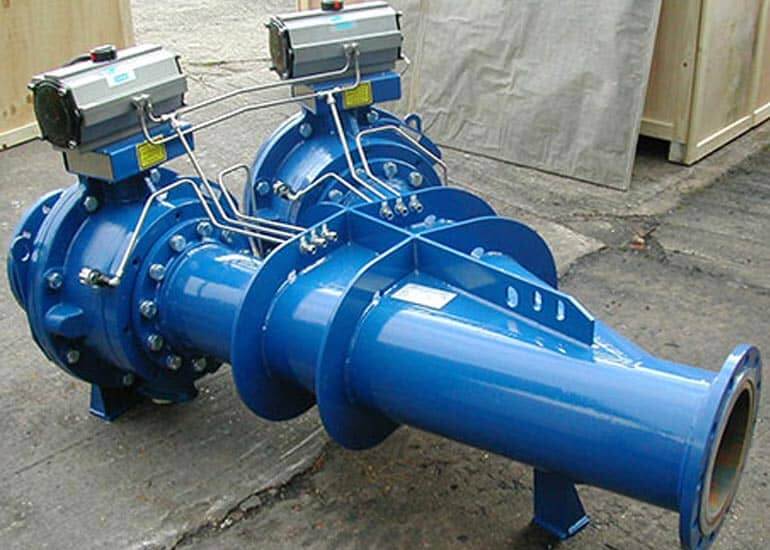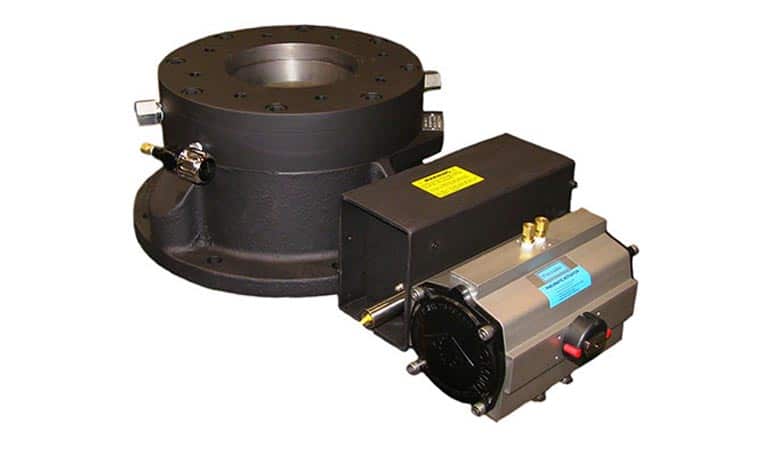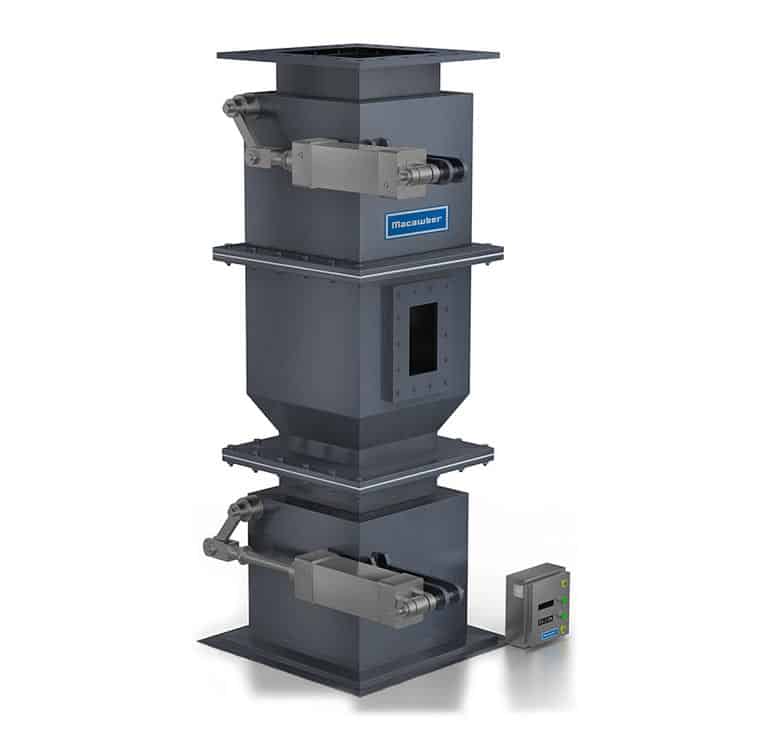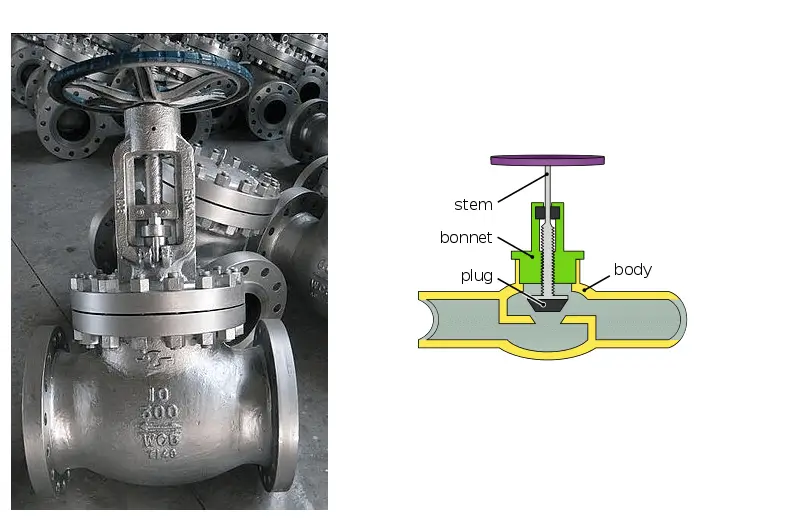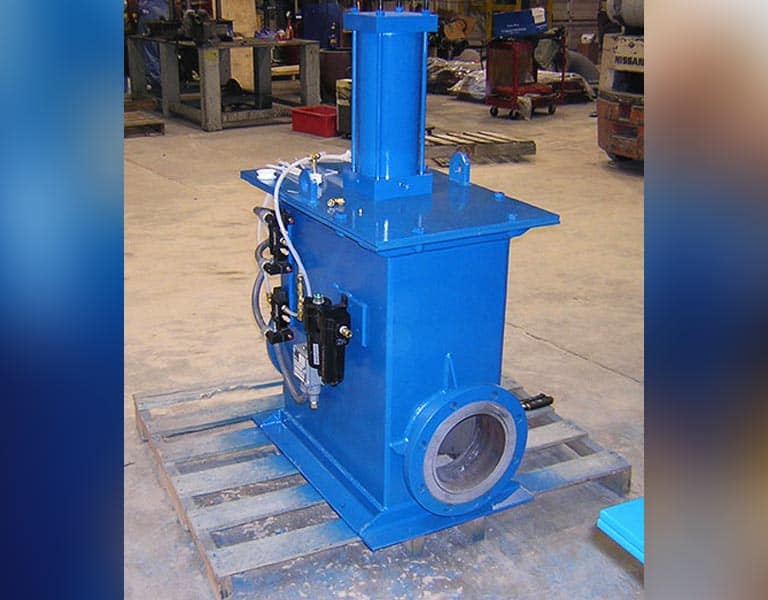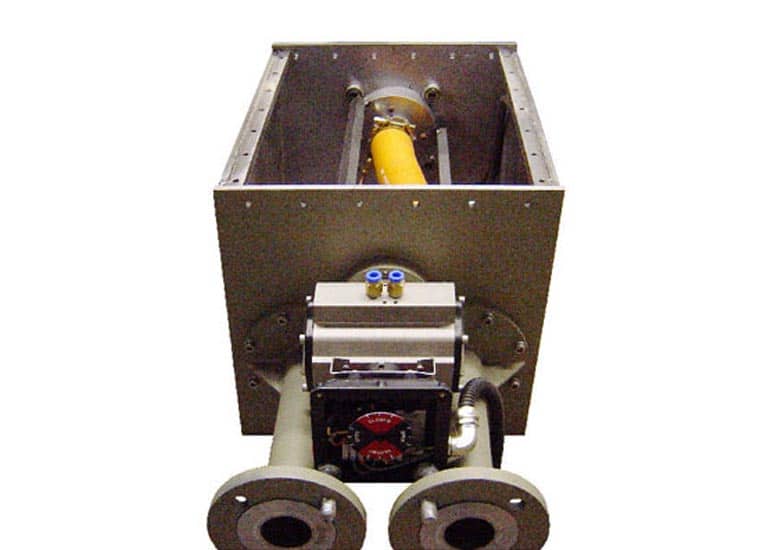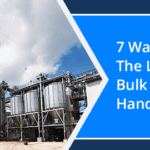The valves across various industries are evidently used for controlling the flow of gas and fluid through a specified connection line. There are various valve types, and their functions differ in terms of helping you redirect the flow of gas or fluid from one line to another or restricting the same to a particular system.
To be precise, the industrial valves are meant to regulate, initiate, alter, isolate or stop the fluid or gas flow in a direction. Moreover, such devices are also used for relieving excessive pressure from different vessels or systems.
There are various types of valves that serve diverse applications. So, if you have an industrial setup that uses valves for various applications, knowing their type is of utmost importance. So, let’s learn about the different types of industrial valves!
Get Expert Insights on Valve Types and Where to Use Them
Explore The 18 Different Types of Valves & Learn About Their Applications
Here are the 18 different valve uses and types for you to understand their widened demand in various industries.
1. Ball Valve
*Image reference: IQSDirectory
Ball valves have a body where the large sphere is integrated with a central hole, which is equal to the mounted pipe’s inner diameter. When the ball rotates while the valve is in an open position, it will provide the full bore that’s essential for obtaining unhindered fluid flow.
The ball valves are designed in a way to control the high-pressure liquids and gases by minimising the pressure drop. The response time for these valves is very low, which ensures they are quick to open & close.
2. Butterfly Valve
*Image reference: IQSDirectory
In the butterfly valve, the spindle is connected in a way such that it passes the disc’s centerline, which is at the centre of the pipe’s bore. The seat of the valve sits within the inner periphery of its body.
Butterfly valves in water treatment plants are used for regulating the flow of water during disinfection, distribution, filtering, and other such procedures. On the other hand, in HVAC systems, butterfly valves are integral parts that support ventilation, air conditioning, and heating applications.
3. Check Valve
*Image reference: IQSDirectory
Check valves are installed within the pipelines to prevent any kind of backflow. It is better defined as the one-way valve, where the flow of gas or liquid will be free in one direction. But if, for some reason, the flow turns around, the valve will be closed automatically to protect the piping, pumps, and other valves.
The check valves are primarily used in centrifugal pumps, water treatment systems, chemical processing systems, and others to prevent backflow problems.
4. Diverter Valve
There are three different types of control valves with respect to diverter mechanism that serves various applications, which includes:
- Tunnel Diverter Valves: The tunnel diverter valves are used mostly in the pneumatic transportation of powder or granular material. It diverts the dense or lean phase solids to various destinations without hampering the stream of gas flow.
- Dome Valve Type Diverter Valves: it is designed to divert the solids and are used in the dense or dilute phase pneumatic conveying units. It forms two branches in the single pneumatic system.
- Flat-Type Diverter Valves: The flat-type diverter valves use gravity discharge for divertising the flow of solids in bulk from one inlet point to multiple receiving points.
Get in touch with a pneumatic conveying system manufacturer in India to learn more about diverter valves and their use in such a unit.
5. Dome Valve
Dome valves are power-operated and are high-pressure devices with the unique feature of opening and closing by obtaining a pressure-tight seal. They have an inflatable sealing function, making it reliable and safe. Thus, you also get better control over this valve.
It is used at the material inlets to provide proper closure between the blow tanks & upper hoppers. If your industrial applications deal with material handling, then you must look for the best dome valve manufacturer on priority, as it is an integral part of the process.
6. Double Dump Valve
The double dump valve consists of a flap gate at the inlet, which comes with an intermediate lock chamber and outlet flap-type gate. This valve operates on the gravity discharge function, which is ideal for airlock applications.
The double dump valve is an ideal pick for use cases where the shape, size or properties of the material might not be suitable for a feeder. They have the capacity to support bulk material handling as well.
7. Dump Valve
The dump valve is used for quickly exhausting any form of pressure from a downstream system. It is entirely based on the flap mechanism, which continually alternates in the operations. One of the flaps remains closed for collecting the material, while the open one remains open for discharging the material.
The industries such as construction, agriculture, and waste management rely on this functionality to ensure their systems work efficiently.
Get Expert Insights on Valve Types and Where to Use Them
8. Gate Valve
The gate valves work by engaging a rectangular gate-like plate in the running path of the fluid. These valves are operated with the use of a threaded system, which will connect the actuator to that of the gate’s stem.
These valves are used to isolate specific regions within water supply systems, especially during maintenance cycles, installations, or repair works. Moreover, it is also used for rerouting the flow of water through the pipeline.
9. Globe Valve
*Image Reference: Wikipedia
A globe valve consists of five major components, which include the handwheel, plug, stem, valve body, and handwheel. The media will be flowing into the valve body through the inlet and will then be exiting the valve through a specific outlet.
The bonnet is responsible for protecting the valve’s threaded components and attaching itself to the valve body. It is mostly used for complete shutoff or regulation of the fluid flow within a pipeline.
10. Non Return Valve
The non-return valves allow a specific medium to flow just in one direction. It is fitted onto the system to ensure that the medium passing through it flows in the right direction within the pipe. Without such balance, the pressure conditions might result in a reversed flow.
It also acts as the check valve that is widely used in HVAC, plumbing, and oil & gas industries. HVAC applications need it to ensure seamless operations, whereas water systems have it to prevent any kind of backflow.
11. Plug Valve
The plug valves are made with conical or cylindrical tapered plugs that can rotate within the valve body to control the flow. The plugs within these valves come with multiple hollow passageways that go sideways using the plug. Thus, it allows the fluid to flow through that plug during a valve opening.
The plug valves are used in applications such as handling liquid or gas fuels, directional control of flow, and handling low-temperature & low-pressure services. Moreover, these valves also have the ability to handle dangerous or corrosive materials.
12. Poppet Valve
Poppet valves come with round heads that block the port or hole. The stem that’s attached to the back is responsible for pushing up the valve and keeping it away from the port. Thus, it allows the fluid or gas to flow through that gap between the seat and the head of the valve.
Poppet valves serve as the relief devices in the air tanks, act as unloading valves in positive-displacement pumps, and are used in mixing systems to prevent contamination.
13. Pressure Regulating Valve
When the fluid or gas is introduced to the pressure regulating valves, they are at high pressure. The spring within the valve will apply a consistent force to open it slightly. The fluid or gas will then flow through this opening, and the outlet end will be filled. The outlet pressure will then push the valve upward to close it.
All kinds of applications within the industrial processing, water distribution, and steam systems that deal with high pressure need these regulating valves.
14. Pressure Relief Valve
When in operation, the pressure relief valve will be closed as in a normal state until the pressure within reaches the set limit. Once the pressure limit is attained, the valve will open up consistently, allowing more media to flow as the pressure increases.
Any kind of upsetting condition in the system that is causing the pipeline pressure to exceed the normal 1400 psig pressure mark, the relief valve will be triggered to open and protect the pipe from experiencing damage due to overpressure.
15. Pneumatic Dump Valve
In the pneumatic dump valve, the signal will first enter the valve’s actuator. As the pressure in the diaphragm increases, the spring force will be activated to move the assembly downwards. Thus, it will open up the valve, which will allow the liquid to move downstream.
These valves ensure the safety of the critical pneumatic components of the system. It dumps the liquid from separation vessels such as the free water knockouts, heater treaters, and phase separators.
16. Pneumatic Gate Valve
The pneumatic gate valve makes use of an actuator instead of any specific handwheel for the opening or closing mechanism. The actuator utilises compressed air for spinning the stem and raising or lowering the valve gate.
Thus, it allows the pneumatic gate valves to operate without any user in charge but needs a pneumatic system at the site. It improves the efficiency of the blower, prevents the line plugs, and reduces pneumatic mechanical abrasion. It also acts as the maintenance device for isolating some silos full of bulk material, especially for maintenance requirements.
17. Solenoid Valve
*Image Reference: Wikipedia
Solenoid valves are more like the control units, which use electric energising or de-energizing for opening or closing of the valve. The actuator here plays the role of an electromagnet, which builds up a magnetic field when energised and pulls up the spring to open the valve against the spring force.
The solenoid valves are meant for applications where the fluid flow is required to be controlled automatically. It can control both fluids as well as gases within the system. Some of its applications include controlling the refrigerant flow in air conditioning units, water flow in irrigation systems, and others.
18. Switch Valve
The switch valves are required to direct the hot material to either one of the drums. It comes with a bypass position for diverting the flow back to the fractionator during emergency situations. Look out for the best switch valves manufacturer to ensure your use cases are attended efficiently.
It is used for forming two specific branches within the conveying line, which will be handling the moist or cohesive materials. The actuation of the switch valves can be hydraulic, pneumatic, or motorised, depending on your choice!
Get Expert Insights on Valve Types and Where to Use Them
Conclusion
With this, you are now aware of the 18 different types of valves that are used across various industries and applications. Depending on your application, you must emphasise choosing the right valve type of valve is suitable for the use case.
Take the help of experts in the process, and ensure your industrial applications are approached safely and efficiently for utmost productivity.
When you are aware of your selection, reach out to a reputed valve manufacturer and get your selected valves. The manufacturer can also help you identify the right type of valve for your select applications.

